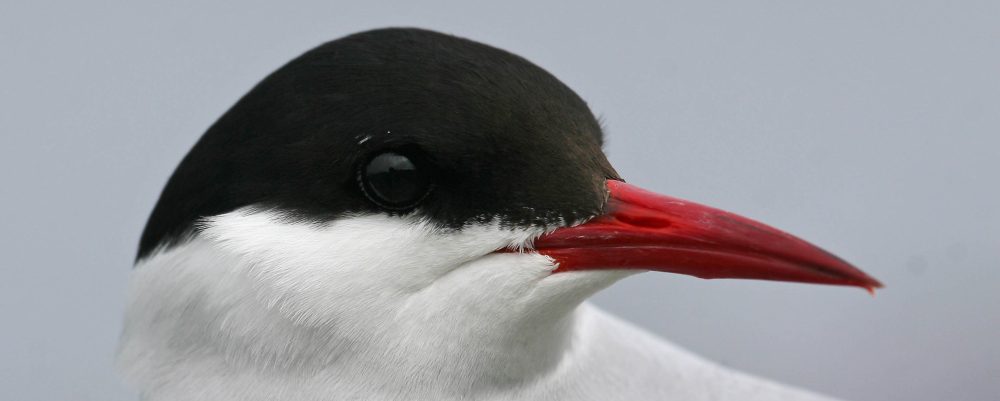Sat in the repository of the Museum of Zoology in Cambridge is a box. It’s not an unusual box, nor is it very large. It’s much like any of the many thousands of others in the building. In the box is a little lady. For the moment let’s call her C.95.G. Not a catchy name by any standards but it’s the only one she has ever had. Her providence unknown; all that is attributed to her is she heralded from the coast at Great Yarmouth over a century ago. Pretty she isn’t; but beauty is always in the eye of the beholder.
Some months ago I acquired a book. Arthur H Patterson wrote ‘Notes of an East Coast Naturalist’ in 1904. The book was written by this amateur naturalist in a time when collecting was done with a gun rather than careful observation. On page 271 sandwiched between notes on Mole behaviour and observations on Toads is trapped a story; the story of our little lady.
Arthur Patterson was taking a walk along the quay at Great Yarmouth on the cold morning of the 14th November 1894 when he saw something that grabbed his interest; a seven foot 5 inch Grampus. A Grampus was a seafaring name formerly applied to any small whale or large dolphin. The Grampus was being exhibited by two quiet, well behaved fishermen that had dragged the carcass from Lowestoft after it had been caught offshore in a Herring drifters net. They were apparently doing good business from their impromptu exhibition. Cetaceans always carry an enigma that is difficult for the public to resist.
It was four days later when Arthur Patterson purchased a similar Grampus on the fish wharf in Great Yarmouth. This animal was similar in every regard to the first, but two inches shorter. It could be said they were peas in a pod! (excuse the pun) Patterson took the Grampus by horse and cart to Norwich Museum where it arrived on the 20th and was inspected by Thomas Southwell a noted Naturalist of the day. Southwell’s description within the transactions of the Norfolk and Norwich Naturalists Society accurately describe a very young female Orca. The cadaver was however deemed too abraded to be of use as an exhibit at the museum.
A telegram was sent to Dr S F Harmer at the University Museum of Cambridge and at his request the Orca was despatched to Cambridge. Dr Harmer found the teeth had not yet been cut but they could be plainly felt in the upper jaw and there was no solid food content in the stomach. This animal had not yet been weaned.
So the flesh was stripped and the bones crated and until this month that’s where our little lady lay.
Grampus has been incorporated into the nomenclature of Risso’s Dolphin (Grampus griseus) and indeed until the description within the transactions was uncovered, given the small size of both animals, it was thought Pattersons’s notes could have referred to that species. It’s just incredible the skull and bones are still with us.
These records constitute the first proven (so far) proven occurrence of Orca for both Norfolk and Suffolk.
Thanks to Matt Lowe, Collections Manager at the University Museum of Zoology for allowing access to photograph C.95.G and to his kind and considerate staff for their attentions and help during my visit.

Share this with someone? :-













